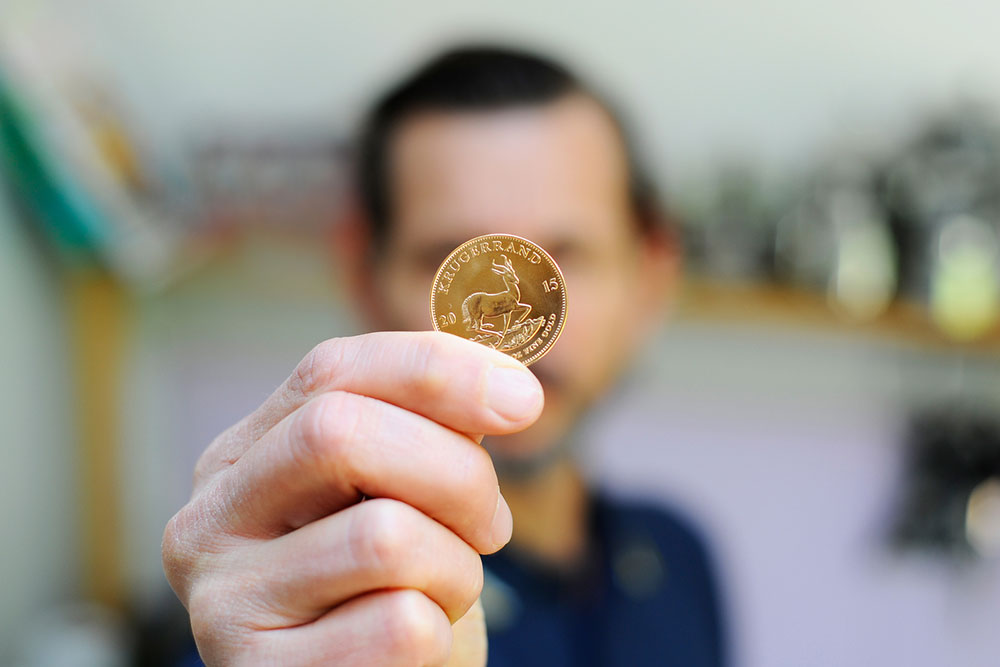
11 things to know before investing in precious metals
In an era of uncertain financial markets, the appeal of precious metals as a reliable store of value and a hedge against inflation has never been more pronounced. Investors looking to diversify their portfolios must delve into the world of gold, silver, platinum, and other precious metals with a clear understanding of the intricacies involved. This article explores the critical considerations any prospective investor should consider before venturing into precious metal investments.
From distinguishing the various types of metals to recognizing market trends, evaluating storage options, comprehending tax implications, appreciating the historical significance of these elements, and understanding additional factors that may influence investments, this article equips readers with the knowledge needed to make informed investment decisions.
Types of precious metals
Understanding the different types of metals available is the cornerstone of any venture into precious metal investments. Gold, silver, platinum, and palladium are the primary metals that attract investors seeking to diversify their portfolios. Each metal possesses distinct characteristics that make it desirable for investors. With its enduring status as a safe-haven asset, gold shines brightest during economic turbulence. On the other hand, silver is highly valued for its versatility and indispensable industrial applications, making it a linchpin of the precious metals market. Platinum, rarer and more industrially significant than gold, occupies a unique position among investors. Palladium, due to its critical role in the automotive industry, has witnessed a surge in popularity in recent years. Grasping each metal’s properties, demand drivers, and unique investment potential is fundamental to making informed investment choices.
Market trends and volatility
Effectively navigating the precious metals market requires a keen awareness of the dynamic forces influencing prices. Economic indicators, central bank policies, geopolitical events, and industrial demand are key factors shaping market trends. Recognizing the interplay of these variables empowers investors to interpret market signals and make strategic decisions. Historical price trends and expert analyses provide valuable insights into potential investment opportunities, allowing investors to position themselves advantageously in a fluid market landscape.
Diversification benefits
Investing in precious metals offers a unique opportunity for portfolio diversification. Precious metals often exhibit a low or negative correlation with traditional assets like bonds and stocks. This characteristic means they can serve as a stabilizing force in an investment portfolio, particularly during economic uncertainty. Investors can potentially enhance overall risk-adjusted returns by incorporating precious metals into a diversified investment strategy.
Investment vehicles
The avenues for investing in precious metals are diverse, each with distinct advantages and considerations. Through acquiring coins, bars, or jewelry, physical ownership grants investors tangible assets with intrinsic value. However, this approach demands attention to secure storage and authentication. Exchange-traded funds (ETFs) offer a convenient way to gain exposure to precious metals without physical possession. Futures and options contracts provide speculative opportunities but entail a higher level of risk. Understanding the nuances of each investment vehicle is crucial for aligning investments with individual financial goals.
Storage and security
Secure storage is a paramount concern for those opting for physical ownership of precious metals. While some investors store metals at home for immediate access, this approach carries inherent security risks. Off-site storage facilities or depositories offer specialized security measures, including surveillance, insurance, and controlled access. Selecting a reputable storage solution that aligns with individual preferences and risk tolerance is crucial for safeguarding one’s investment.
Authenticity and purity
The integrity of precious metal investments hinges on their authenticity and purity. Reputable dealers and mints provide certifications and assay cards that prove the metal’s authenticity and quality. Familiarizing oneself with the metal’s markings, weight, and composition is essential for distinguishing genuine products from counterfeit ones. This knowledge empowers investors to make confident and informed purchasing decisions.
Costs and fees
Investing in precious metals encompasses more than the initial purchase price. Buyers must account for additional expenses, including dealer premiums, shipping fees, storage costs (if applicable), and potential taxes. These costs can vary based on the type and quantity of metal being acquired and the chosen acquisition method. Understanding the full financial implications of an investment is essential for accurate financial planning.
Geopolitical factors
Global events and geopolitical tensions can significantly influence the price of precious metals. Economic policies, trade disputes, and political instability in major economies can lead to fluctuations in the precious metals market. Keeping a watchful eye on geopolitical developments can help investors anticipate potential shifts in the market and make informed decisions about their investments.
Environmental considerations
Environmental concerns have become integral to the precious metals industry in recent years. Responsible mining practices and sustainable sourcing have gained prominence. Investors may opt for metals sourced from mines with eco-friendly certifications, ensuring their investments align with environmental values.
Long-term vs. short-term holding
Another crucial consideration is the investment horizon. Some investors may seek short-term gains through active trading, while others may adopt a long-term perspective, viewing precious metals as a store of value over time. Understanding one’s investment horizon is vital for selecting the appropriate entry and exit points in the market.
Liquidity and accessibility
Before committing to a precious metal investment, it’s essential to consider the ease of buying and selling. While gold and silver tend to have high liquidity due to their widespread recognition, other metals may have lower market accessibility. Location, market hours, and transaction fees can impact the ease of converting precious metals back into cash when needed.
The world of precious metal investments for investors is as diverse and dynamic as the metals themselves. By immersing themselves in the nuances of different metal types, market trends, investment vehicles, storage options, associated costs, geopolitical landscape, environmental considerations, investment horizon, liquidity, and accessibility, prospective investors can navigate this landscape with confidence and discernment, armed with a comprehensive understanding of these critical considerations.


